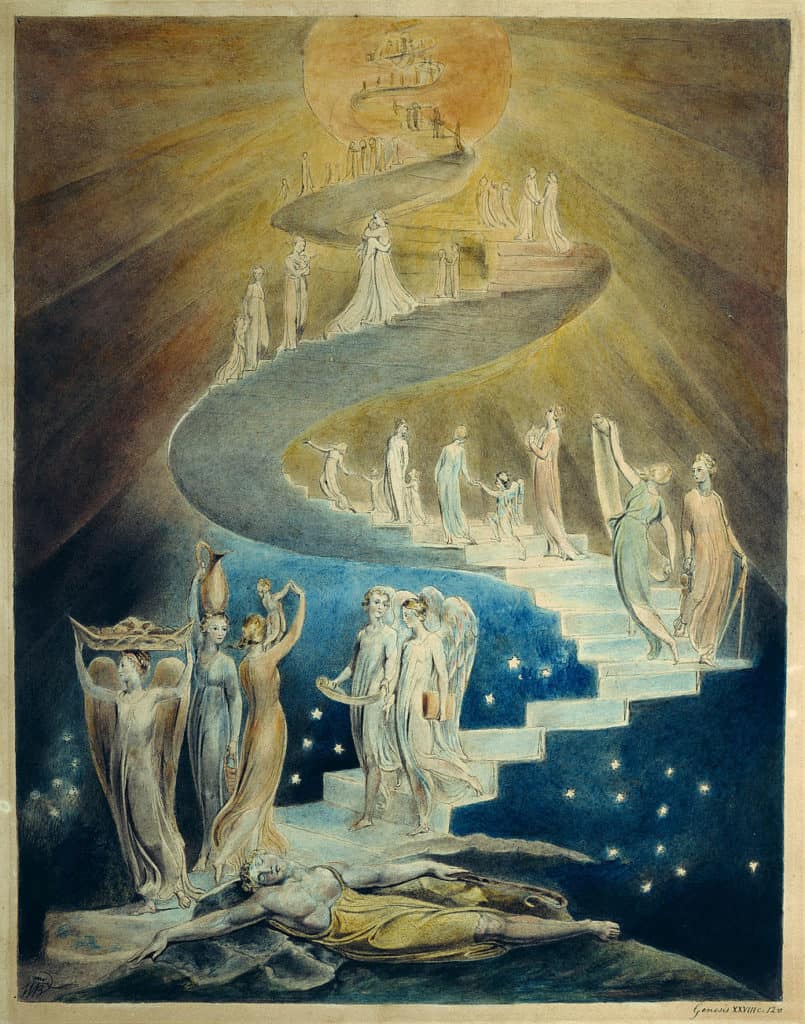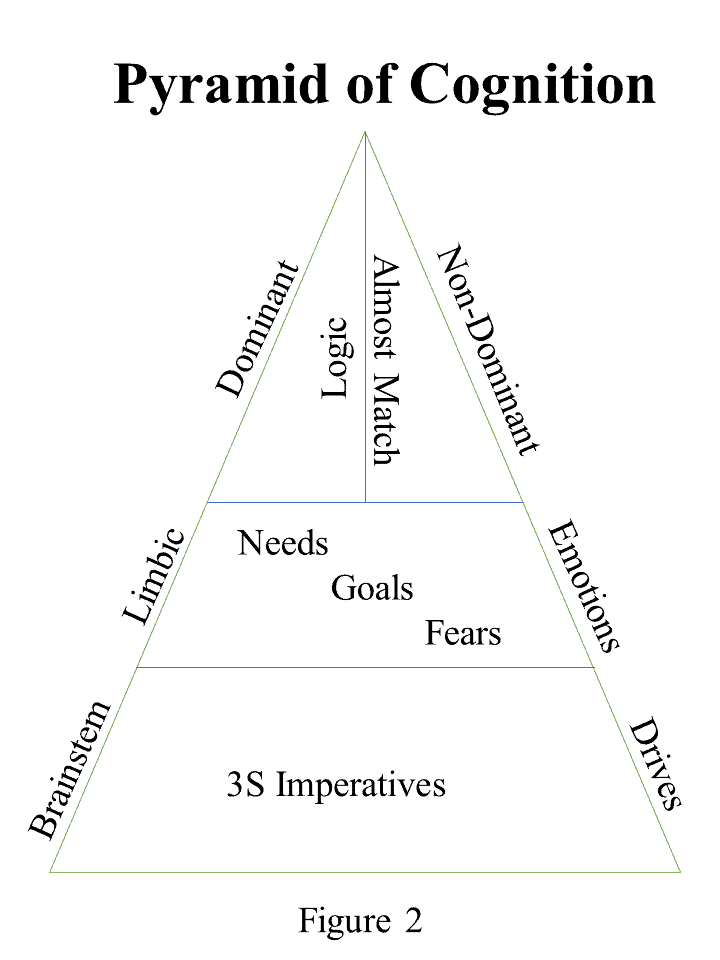MindWorks and Internal Worldview

I always look for new angles to understand how the mind works. When Mark Gorkin (@stressdoc) mentioned that MindWorks uses beliefs, thoughts, and feelings to build its internal worldview, I knew I needed to read it.
MindWorks by Gary van Warmerdam covers a similar domain as Mental Construction, yet uses different variable terms.
- The book considers one’s internal worldview (not the actual external reality) as the basis for decisions and behavior. A perspective I share.
- ‘Beliefs’ is a term I don’t use in Mental Construction. There is a distinction between ‘thoughts’ and ‘feelings’ that I wanted to understand. I needed to see how these ideas fit with, worked differently, or contradict my use of ‘knowledge’ and ’emotions’.
Therapeutic Goal
I quickly realized that van Warmerdam focused on people who desired therapeutic assistance in contradistinction to Mental Construction’s attention to the average functioning human.
Beliefs in MindWorks are either false or fear-based with negative consequences. While the first undoubtedly happens occasionally and for certain people, the overwhelming accurate and useful beliefs are ignored. Also, fear-based beliefs are natural at their core and only require supererogatory action when grossly distorted from realistic probabilities.
Definitions
Beliefs assume knowledge which cannot be completely proven. The types of knowledge that connects, explains, and/or predicts facts. Mental Construction’s knowledge of various levels of certainly includes beliefs as well as offering an explanation of their certainty by their mode of discovery and age of learning/discovery.
MindWorks ties false and fear-based beliefs to insecurity, low self-esteem, anger, jealousy. Countering and relieving them are the book’s target.
Faith is the amount of certainty of those beliefs. Although an attempt is made to distance ‘faith’ from religious overtones, later casual usage slips allowing such connotations.
The claim (p 45) “Perspective precedes any interpretations, thoughts, beliefs, decisions” is dubious in my view. Belief (assumed knowledge) and then interpretations give rise to one’s perspective which is followed by thoughts and decisions.
MindWorks does not distinguish between facts, explanations, theories, and predictions. The latter three assume beliefs from simple to complex and from clear to submerged.
It also does not explore simple versus compound facts (Simple: an object is red which is true or false. Compound: the Korean War ran from 1950-1953 which can be answered true by deaths, weaponry, etc. or false by lack of political declaration).
Character archetypes (bubbles of beliefs) are an interesting construct. They exist in our personalities. They are semi-independent.
(p 72) How can Jane feel a victim one moment … short while later completely confident. van Warmerdam asserts different character perspectives, yet he lacks a mechanism for shifting archetypes. Potential explanations exist in change from short-term to long-term satisfaction (driven by left-right hemispheric action domains). Also long-term possibilities can change with additional time to ruminate.
Change One’s MindWorks
Since the book’s goal is to provide a therapeutic mechanism, changing one’s internal worldview is of central interest.
Warmerdam









Thanks for your comment. Next time we talk perhaps you will expand on the difference between verbal reaction and head-heart integrated response.
Insightful, clarifying review, Bob. Did not put me to sleep, even though in bed all day, hack, hack, sniff, sniff. The concept I’ve taken from the book, for personal/therapeutic use, is to try to slow down my verbal reaction when feeling provoked and observe my thoughts/beliefs, arousal level, etc. And, unless a truly hostile or abusive attack, to quietly stand my ground until I can replace a verbal reaction with a head-heart integrated response. Good luck to that! ?
Mark